Spider Identification
Australia is a popular tourist destination, and home to a large population of spiders, many of them venomous. So what's the deal with Australian spiders? Are they as deadly as we are led to believe? Here's how to identify them.
Funnel web spider
A large black spider with a shiny head and thorax, the funnel web spider can have a body length up to five centimetres. It lives in silk-lined burrows in the ground or tree stumps. The bite can be fatal, although with the availability of antivenom, there has been no fatalities since 1980.
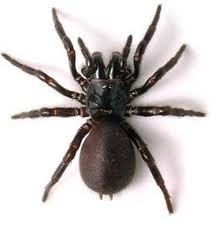
Red back spider
Red backs are easily recognised by their round, spherical bodies and the prominent red stripe on the back, which gives them their name. They live in untidy webs often located around buildings, machinery and wood stacks. The bite is very poisonous and can be fatal for young children or the elderly but an effective antivenom is available.
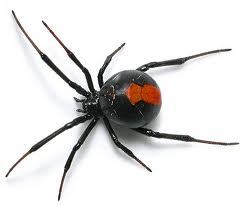
White tail spider
It is identified by the cigar shaped, reddish grey to brown body with a white spot at the tail. Females can reach 18 millimetres in length. Often found beneath bark and rocks across southern Australia, the white tailed spider hunts at night. This spider's bite causes an initial burning pain, followed by swelling and itchiness, but despite media claims, no cases of necrotic ulcers have been confirmed.
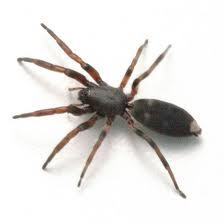
Black house spider
The black house spider prefers to live indoors in a web that appears as a complex of tunnels. It's often mistaken for a funnel web spider as it is around the same size and has the same shiny thorax. Although the bite is painful, it is not lethal. Common symptoms include pain and swelling.

Wold spider
This is one of the most common spiders across southern mainland Australia. The wolf spider can grow up to 25 millimetres in length and is often seen wandering across suburban lawns at night. It will bite if provoked, but the effects are usually minor pain and swelling.
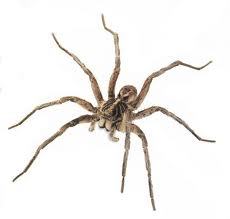
Trapdoor spider
There are several species of trapdoor spiders in Australia and they are mainly found in moist, forested areas. They live in tunnels lined with silk, which often have a silken plug at the top. Trapdoor spiders can grow up to five centimetres in length and are usually black or brown. As a large spider, with equally large fangs, the trapdoor can deliver a painful bite that causes local swelling.

Spiders of South Africa
Baboon Spider - Tarantulas of Africa
Baboon spiders familiarly known as “tarantulas” are not venomous spiders but their bite can be nasty. Victims experience severe pain at the bite site which causes weakness and vomiting. Baboon spiders are large and hairy and live on the ground in silk burrows. Some people even fancy them as pets as they can live up to 25 years.
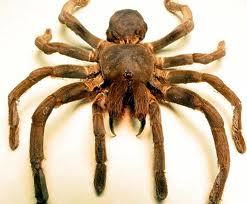
Violin Spider (Loxosceles)
Violin spiders are venomous and small in size. The venom breaks down the victim's skin tissue causing a painful blistering sore which can be dangerous if left untreated. Violin spiders are brown-ish red in colour with three pairs of eyes. They can usually be found under logs, rocks or caves.
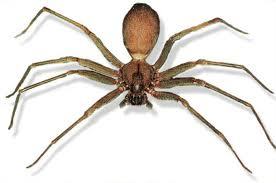
Rain Spider
Rain spiders also known as huntsman spiders are fairly large spiders with a distinct colouration. They are often found inside our homes before it starts to rain. They are perfectly harmless to us humans but people tend to fear them because of their large size. If you do happen to find a Rain spider in your home don't panic. Usually leaving it alone works well as the Rain spider will eventually make its way outside.
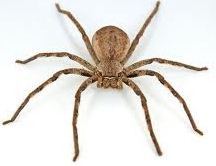
There are more than 48,000 of known species of spiders. Most of them play an important role in nature. They are common in gardens, farms and important predators in all terrestrial ecosystems.